Description
Fundamentals of Differential Equations presents the basic theory of differential equations and offers a variety of modern applications in science and engineering. Available in two versions, these flexible texts offer the instructor many choices in syllabus design, course emphasis (theory, methodology, applications, and numerical methods), and in using commercially available computer software.
Fundamentals of Differential Equations, Seventh Edition is suitable for a one-semester sophomore- or junior-level course. Fundamentals of Differential Equations with Boundary Value Problems, Fifth Edition, contains enough material for a two-semester course that covers and builds on boundary value problems. The Boundary Value Problems version consists of the main text plus three additional chapters (Eigenvalue Problems and Sturm-Liouville Equations; Stability of Autonomous Systems; and Existence and Uniqueness Theory).


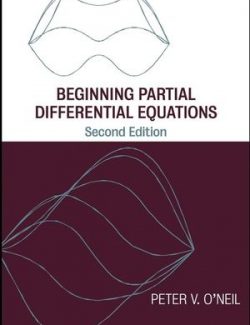
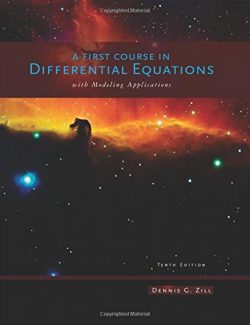


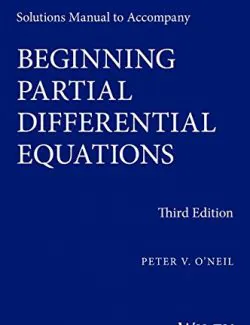


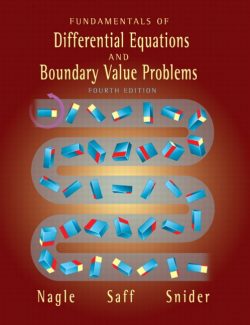
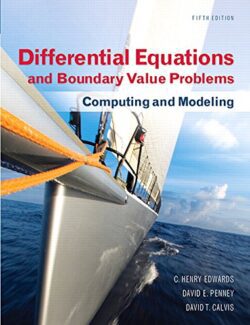
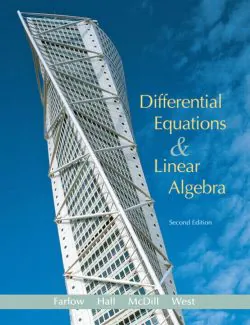
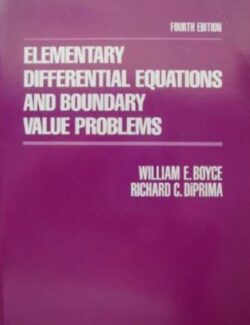
Leave us a comment
No Comments